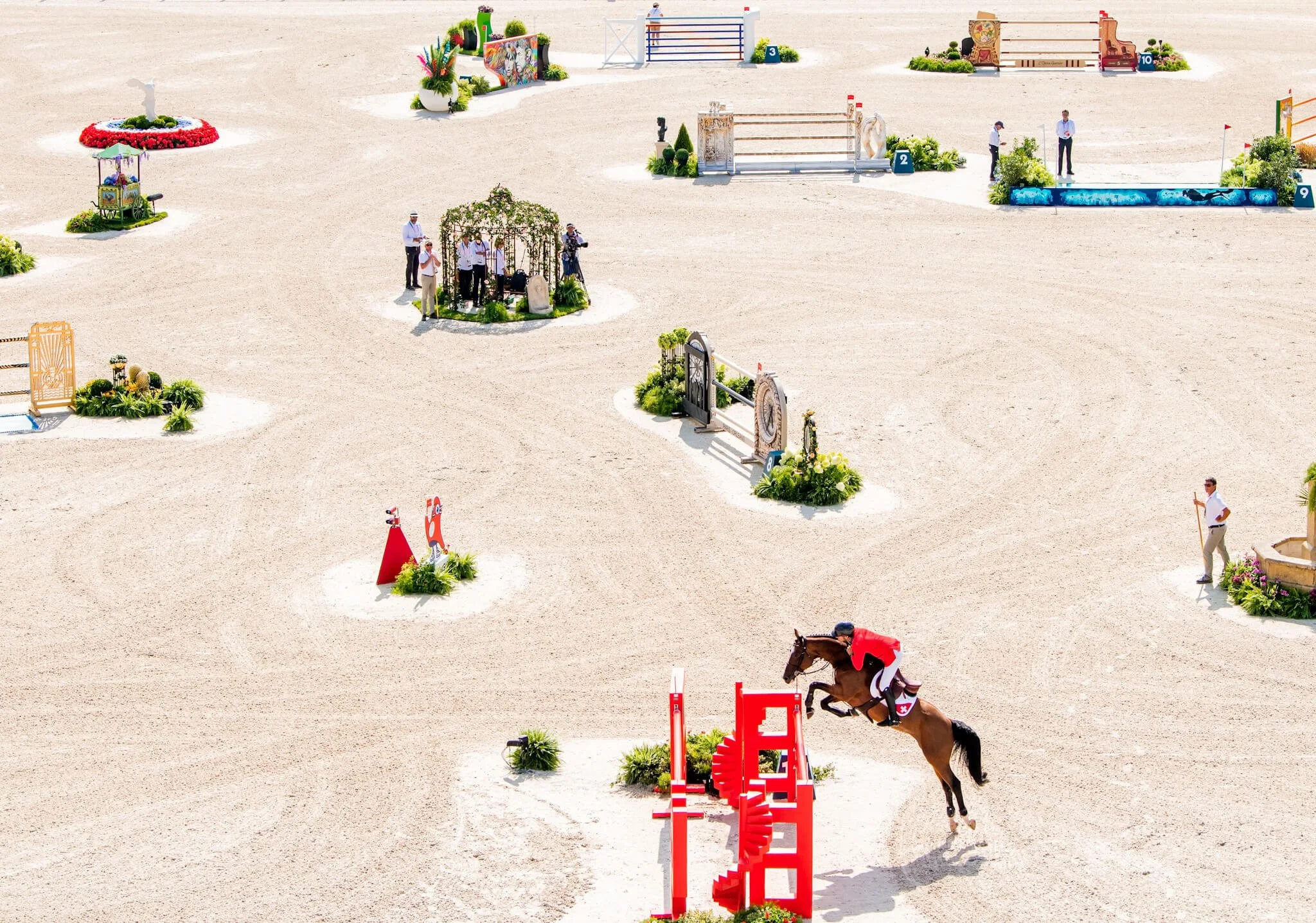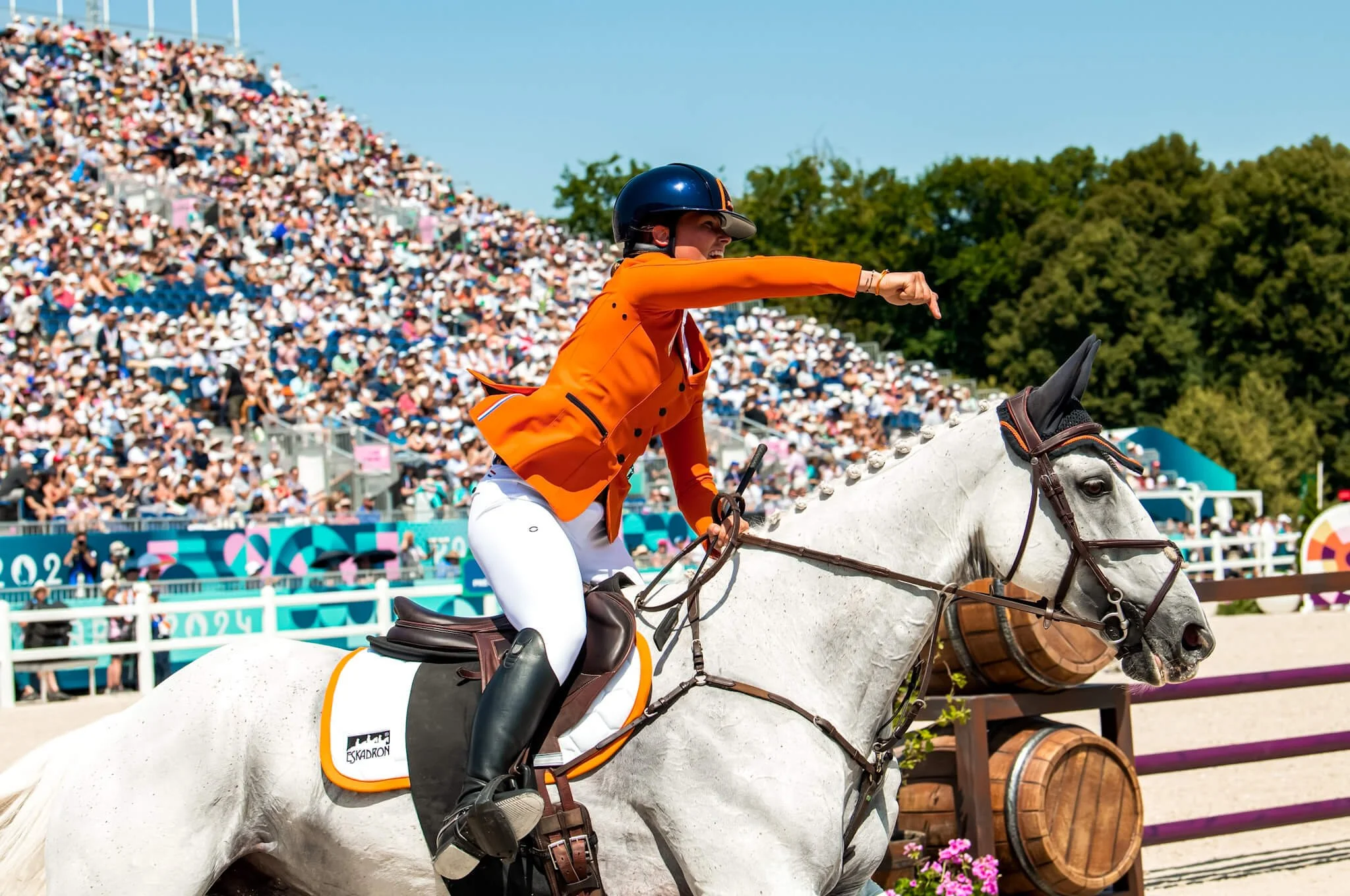One Year On: Did the Paris 2024 Olympics Boost Equestrian Sport?
The Paris 2024 Olympic Games offered equestrian sport a platform unlike any before. With the grandeur of the Château de Versailles as a backdrop and a global audience tuning in, the sport captured imaginations around the world. Now, one year on, the question arises: did this visibility lead to meaningful growth, or was it merely a fleeting moment of attention? While the data, expert insights and global trends offer no simple answer, there is clear evidence that Paris 2024 gave equestrian sport both an extraordinary opportunity and a set of ongoing challenges.
The viewing figures were, by all accounts, impressive. The International Equestrian Federation (FEI) reported 733 million social media impressions and 360 million video views during the Games, a more than fivefold increase on Tokyo 2020. Campaigns such as A Bond Like No Other struck a chord with audiences, humanising the sport and emphasising the powerful connection between horse and rider. With broadcasters including the BBC and NBC airing events in prime slots, aided by a favourable time zone, equestrianism reached millions of casual viewers. Short-form content across platforms like TikTok and Instagram helped amplify this impact, particularly among younger demographics.
Yet, while the Games clearly inspired, participation figures have not risen in parallel. Despite representation from 49 nations in Olympic equestrian disciplines – a substantial increase from previous decades – riding schools and clubs report only modest growth at grassroots level. Federations such as British Equestrian and the United States Equestrian Federation noted a post-Games uptick in interest, particularly in countries where riders reached the podium. However, longstanding barriers remain. Access to horses, coaching, and facilities, along with the financial cost of participation, continue to limit the sport’s reach. For many inspired by what they saw in Paris, the next step is simply out of reach.
This disconnect is not unique to equestrian sport. Research on Olympic legacy suggests that elite sporting success does not automatically drive mass participation. In equestrianism, the challenge is compounded by perceptions of exclusivity and limited visibility outside Olympic years. National programmes such as Britain's Olympic legacy work have been developed to counter this, but they can only go so far without structural change to how the sport welcomes newcomers.





When compared with other Olympic sports that see short-term spikes in attention, such as fencing or archery, equestrian faces steeper challenges in converting visibility into long-term participation. More accessible sports, like skateboarding or climbing, benefit from lower cost and higher youth appeal. Yet Paris 2024 proved that equestrian sport can engage global audiences when it is positioned with clarity, warmth, and professionalism. The demand is there. For instance, US Equestrian saw a 965% increase in TikTok views during the Games, even with limited broadcast rights. What is needed now is long-term strategy to match that digital interest with real-world opportunity.
Final Reflections: A Platform, Not a Guarantee
Ultimately, the Olympics do not guarantee growth, but they do offer a moment of global attention that can be harnessed. Paris 2024 showed that equestrian sport has the power to inspire. Whether that inspiration leads to sustainable growth depends on what happens next. Federations, clubs, and educators must now address the structural and perceptual barriers that stand in the way of broader participation. That includes making the sport more financially accessible, more geographically inclusive, and more accurately understood by those outside the industry.
Want to read the full article? Head to LinkedIn, where you can read this month’s edition of our newsletter, amongst other articles and editions.

